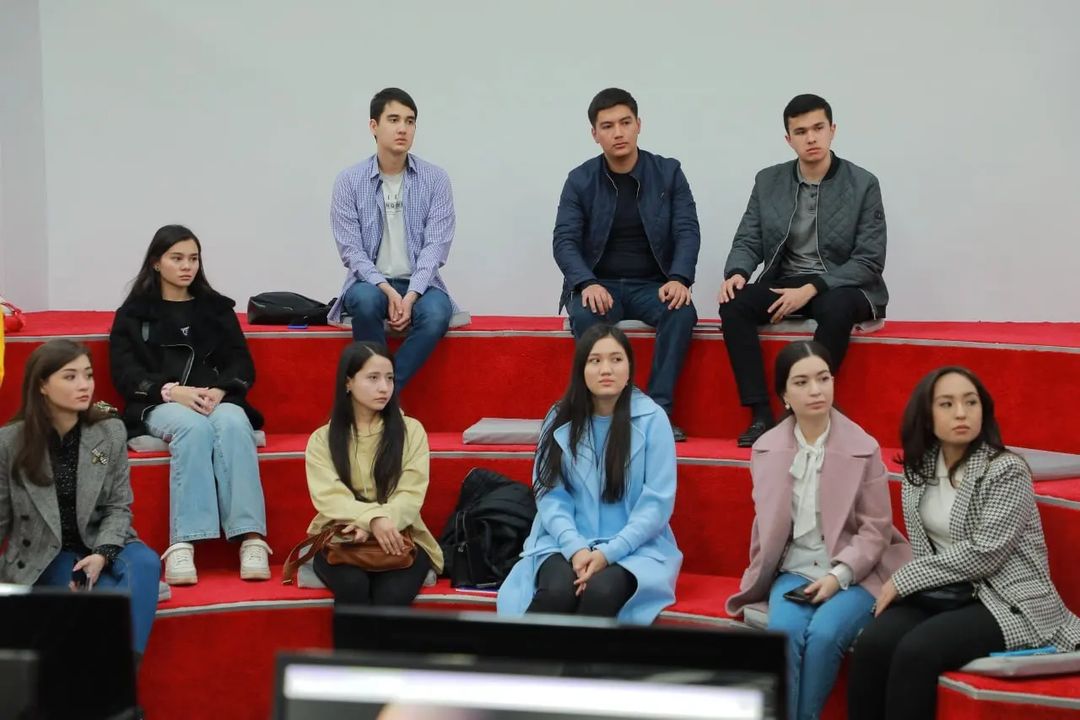Department of Education: A Closer Look
The Department of Education (DOE) is a cabinet-level department of the United States government. The DOE is responsible for overseeing the nation’s education system, including K-12 education, higher education, and special education.
The DOE is headed by the Secretary of Education, https://mytravelmagazine.co.uk/ who is appointed by the President and confirmed by the Senate. The Secretary of Education is responsible for setting the Department’s policies and priorities.
The DOE has a number of different offices and bureaus, each of which is responsible for a different aspect of the nation’s education system. For example, the Office of Elementary and Secondary Education is responsible for K-12 education, while the Office of Postsecondary Education is responsible for higher education.
The DOE also provides funding to state and local governments to support education programs. For example, the DOE provides funding for Title I programs, which are designed to help low-income students succeed in school.
The DOE also plays a role in developing and enforcing education standards. For example, the DOE is responsible for developing the Common Core State Standards, which are English language arts and mathematics standards that have been adopted by most states.
The DOE also works to promote educational equity and access for all students. For example, the DOE is responsible for enforcing the Individuals with Disabilities Education Act (IDEA), which guarantees a free and appropriate public education to all students with disabilities.
The DOE is an important part of the United States government, and it plays a vital role in shaping the nation’s education system. The DOE works to ensure that all students have access to a quality education, regardless of their background or circumstances.
Here are some specific examples of how the DOE works to improve education for all students:
- The DOE provides funding for Title I programs, which are designed to help low-income students succeed in school. Title I programs provide additional resources to schools with high populations of low-income students. These resources can be used to provide tutoring, summer school, and other programs to help students succeed.
- The DOE also provides funding for special education programs. Special education programs provide support to students with disabilities. These programs can help students with disabilities participate in regular education classes and reach their full potential.
- The DOE also works to promote educational equity and access for all students. For example, the DOE works to ensure that all students have access to high-quality teachers and resources. The DOE also works to address disparities in educational outcomes for different groups of students.
- The DOE also collects and reports on education data. This data is used to track student progress and identify areas where improvement is needed.
- The DOE also provides technical assistance and training to educators. The DOE offers a variety of resources to help educators improve their teaching practice and support student learning.
- The DOE also supports research on education. The DOE funds research on a variety of education topics, such as effective teaching practices and ways to improve student achievement.

